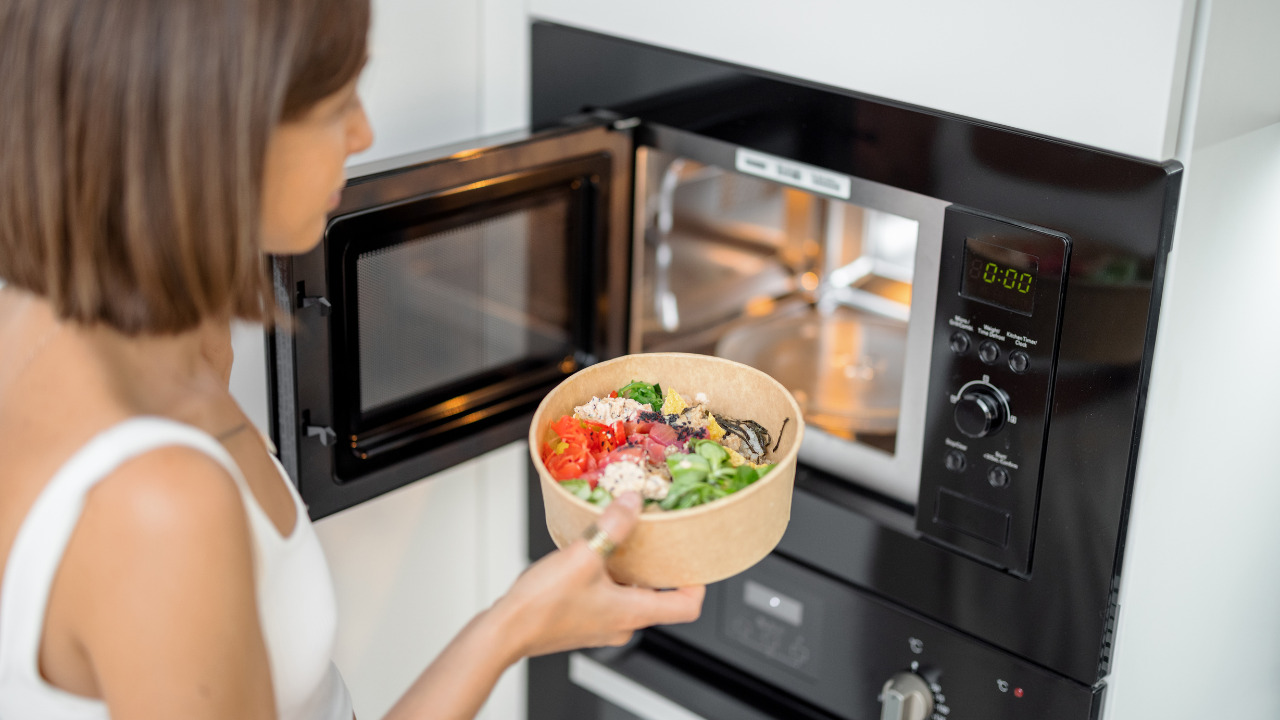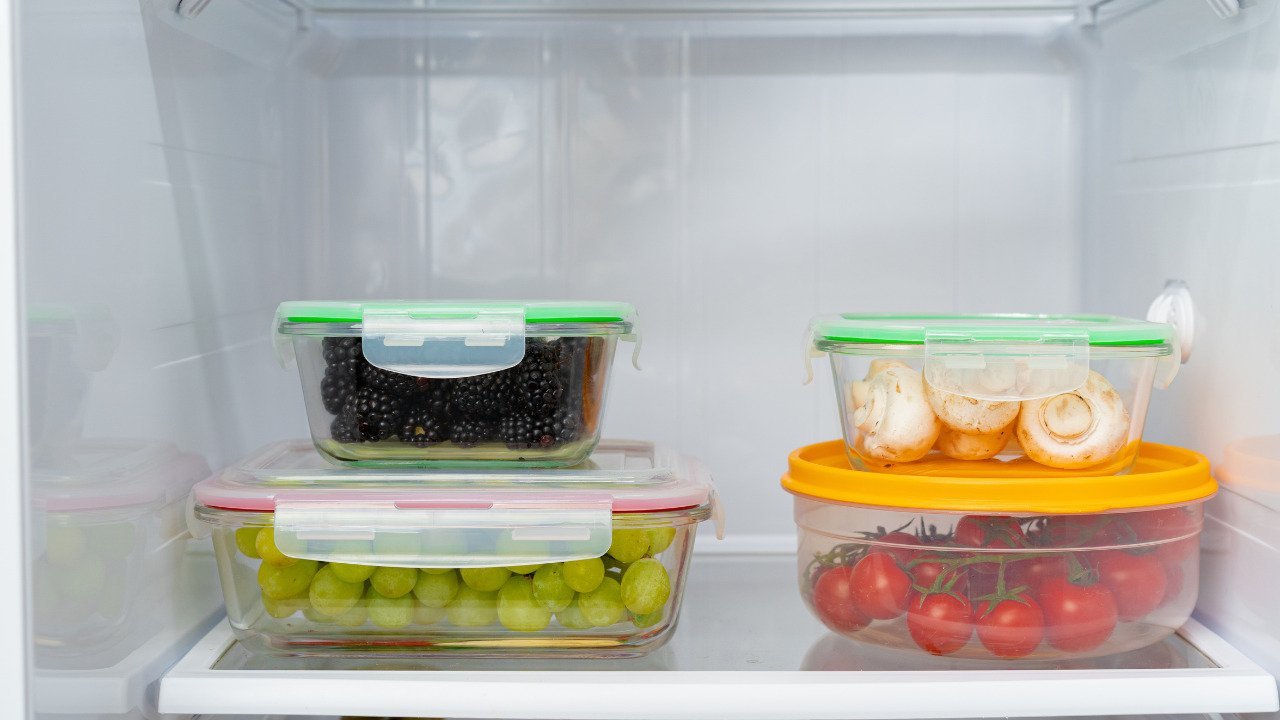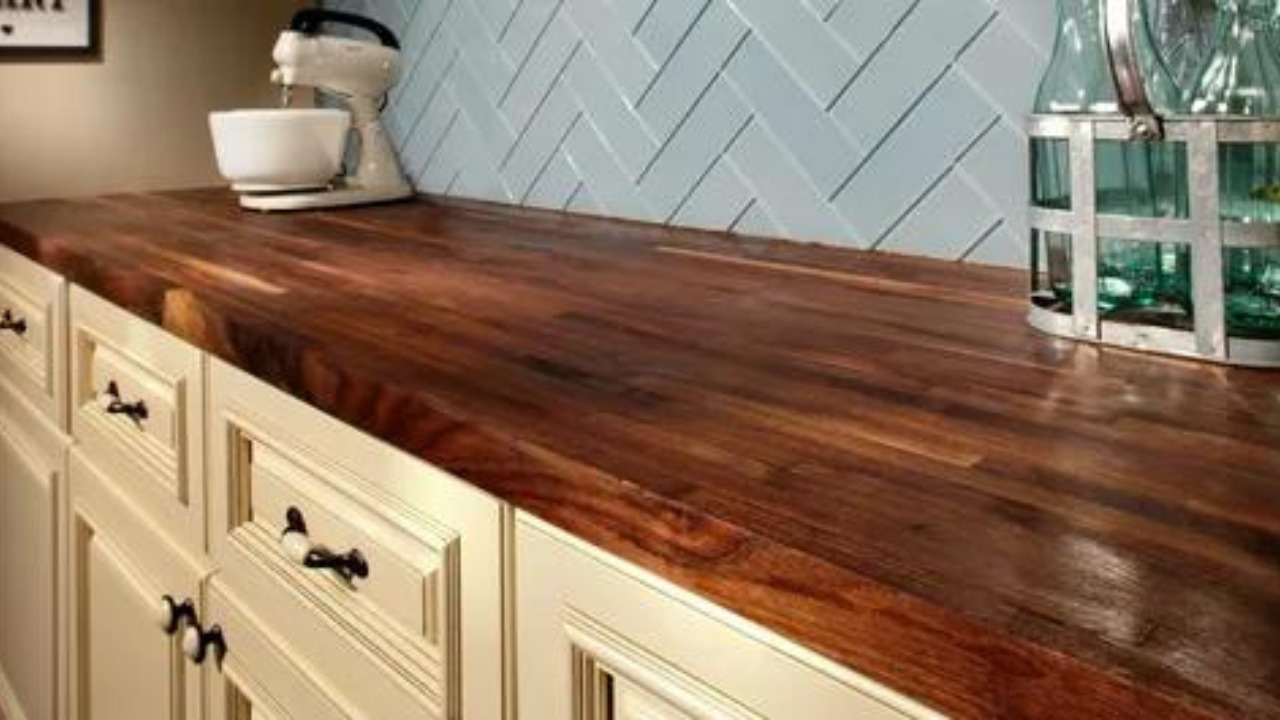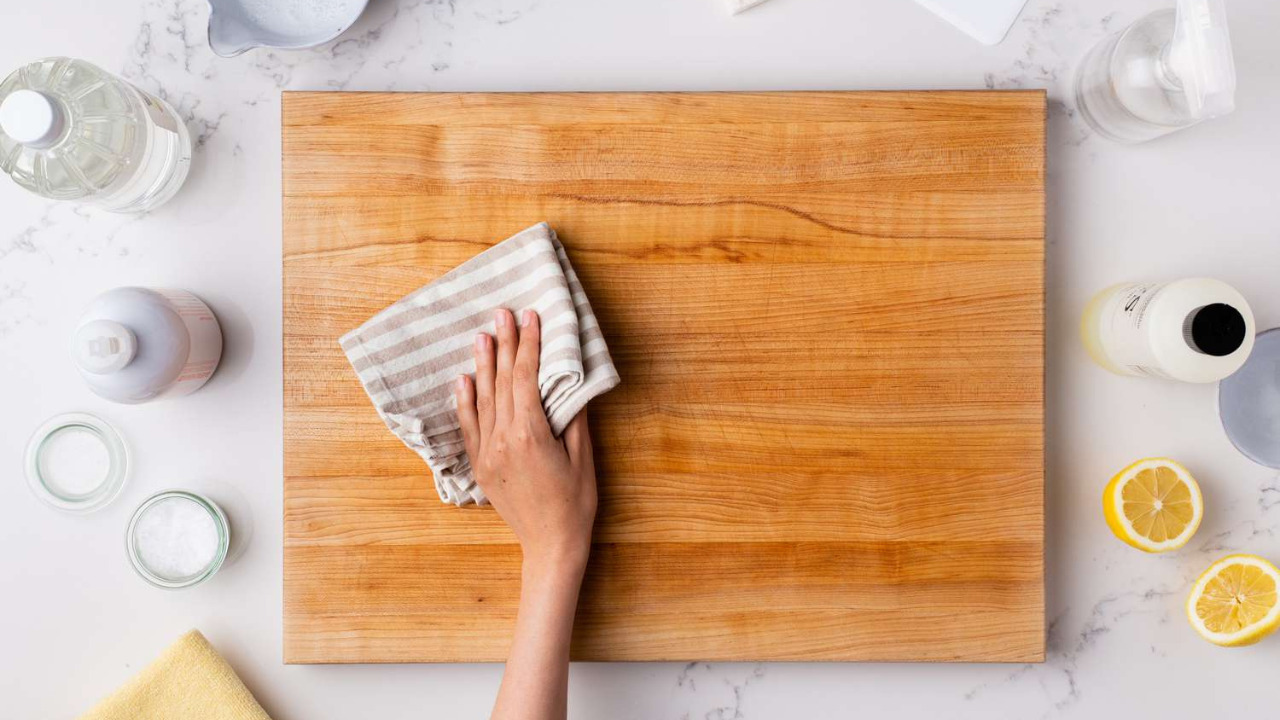Every homeowner is familiar with the name Rubbermaid. It provides a selection of storage containers used to heat and store food in most households. These containers, which are normally believed to be microwaveable, are made with safety regulations.
But many individuals doubt the veracity of this assertion. If you are unsure whether Rubbermaid is safe to utilize in the microwave, like most people, you have come to the right site. You can use this post to determine whether your Rubbermaid container is microwave-safe.
This article also discusses the advantages of Rubbermaid containers in general and the necessary safety precautions that one must remember while using them to microwave food; take your time and dig deeper.
Table of Contents
Are Rubbermaid’s microwave Safe?
It can be useful to own a plastic container that you can place in your microwave oven because, in most households, people use microwaves to warm their meals all the time. Furthermore, food and other stuff are frequently stored in Rubbermaid containers. But many consumers are unsure if they can use Rubbermaid containers in a microwave.
Same as using cardboard in microwave heating, you can also safely utilize Rubbermaid food containers in the microwave. According to its official statement, Rubbermaid plastic containers are made of special materials that survive typical household use, such as defrosting and microwave warming food.
However, ensuring that the Rubbermaid Food Container is microwave safe is always critical. Some containers are not microwave-safe, and using them for this reason, will ruin the container and deposit harmful components from it in the food.
You must check two things to guarantee that a Rubbermaid container is microwave safe. To begin, check for a microwave-safe badge or words on the container indicating that it is microwave safe. Second, search for the BPA-free label. If you do not see one or both, it is best not to put the container in the microwave.
Here are some examples of Rubbermaid items that are both microwave-safe and BPA-free:
- Rubbermaid Lunch Blox Sandwich Kit
- Rubbermaid Lock-Its Square Food Containers
- Rubbermaid Brilliance Glass Food Storage Containers
Things To Consider Before Using Rubbermaid In The Microwave
Before you start using your Rubbermaid containers inside the microwave, there are several things to know.
-
Only Reheat And Defrost
You must only utilize your Rubbermaid containers for defrosting or reheating your meals in brief bursts. The precautions should be because the plastic is not intended for usage at the higher temperatures necessary for cooking food. It is not suitable for use at temperatures above 212 °F.
-
No High-Fat Or High-Sugar Meals
It is advisable to avoid defrosting or reheating meals that are inherently high in fat or sugar in your Rubbermaid containers. That is because when heated, they become highly greasy and may absorb plasticizers more quickly. Rubbermaid particularly warns against warming such meals in their containers.
-
Microwave Safe Label
Rubbermaid containers developed after 2009 are completely safe to microwave. If unsure whether your container can be utilized in the microwave, check for the microwave-safe logo on the bottom. That’s the number 5 in a triangle or a series of wavy lines resembling a microwave.
-
Set The Lids At An Angle
Ensure you slant the lids of the Rubbermaid containers such that any steam that accumulates can escape. But, of course, you can also use your containers without the lids.
Tips To Microwave Food In Rubbermaid Safely
- Before using your Rubbermaid container in the microwave, remove all the packing and label materials to make cleaning easier and prevent any possible leaching.
- Read the manufacturer’s manual or note for Rubbermaid. You may discover their suggestions for how to handle your Rubbermaid container here.
- Make sure only to use the microwave’s low to medium heat setting. Make sure you use the microwave oven to reheat your food quickly.
- When utilizing Rubbermaid food storage containers in a microwave, never let your food become too hot.
- It is preferable to use a ceramic or glass container rather than your Rubbermaid plastic container if you need to heat your meal to a higher temperature.
- You can place a lid on the container to encourage ventilation while microwaving. If you don’t, the container will build up pressure, which will cause the lid to come off. If that happens, the food within could spill all over the place.
What Are The Benefits Of General Rubbermaid Containers?
Microwave Safety
You are fine if you use the Rubbermaid container to preserve your food for brief periods (less than 3 hours). However, open the lid if you want to keep the items inside the Rubbermaid container for over three hours at 5 degrees or less. When you microwave with the lid on, pressure builds up; this can lead to steam/vapor shooting out from the venting hole/slot while heating.
Oven Safety
Rubbermaid containers are completely oven-safe. You can put your meal in the oven with or without the lid. If you use the Mylar Foil lids (which come with most Rubbermaid food storage sets), placing them under the food is ideal for making cleaning up easier.
Freezer Safety
If you wish to freeze your foodstuff in Rubbermaid containers, go ahead, but be warned that they will get hazy when frozen. That is acceptable and does not affect the final quality of the items once microwaved or baked.
Fridge & Storage Safety
Rubbermaid containers are freezer and refrigerator safe. For short-term storage, you can store food in these identical containers at three degrees or higher (less than 3 hours). Keep the lid off if the food is stored in the container for an extended time. If your Rubbermaid container has liquid, never leave it in a hot car since it will expand similarly to water.
Dishwasher Safety
You can wash Rubbermaid containers in the dishwasher. You might save time by putting them in the dishwasher and simultaneously cleaning them. It is a good idea to rinse the dishes with simple water initially and then add soap to rinse off any extra bits of food while cleaning.
Using cardboard in the microwave heating and Rubbermaid food storage containers might be another great option if you want to microwave your food without exposing it to the chemicals in plastic.
These premium plastics are free of BPA and other dangerous chemicals, so you can store your favorite leftovers or fresh vegetables without worrying that toxins will contaminate the food. When purchasing Rubbermaid containers, however, be sure to check for the label that says “microwave safe” imprinted on the bottom of the plastic container.
Additionally, avoid repeatedly attempting to reuse the containers. Every plastic container has a certain life expectancy. When plastics are used for a lengthy period, hazardous chemicals are released.
As a result, the food within the container becomes contaminated, rendering it unsuitable for ingestion. Consequently, it would be best always to throw away old Rubbermaid containers and continually buy new ones.
Frequently Asked Questions
Why Shouldn’t You Microwave Rubbermaid At High Temperatures?
You shouldn’t put your Rubbermaid containers in a hot microwave. Rubbermaid containers can only hold a certain amount of temperature. Only at the boiling point of water, 212 degrees Fahrenheit or 100 degrees Celsius, can it remain stable.
If you heat your Rubbermaid containers above the boiling point of water, they will become damaged. It’s possible for some of them to be melted or deformed. Due to possible leaching, they can be too hazardous to use, or they might have already lost their shape and are no longer usable.
On the packaging, there are presumably some suggestions from the makers describing the restrictions on Rubbermaid containers. Before using your Rubbermaid food containers for warming food, it is preferable to examine them.
Can You Microwave Your Food In Rubbermaid Container?
You can microwave food in Rubbermaid containers. While using Rubbermaid plastic containers, it would be better to avoid using them for greasy, sweet, and oily foods. Even though Rubbermaid products are marked as microwave-safe, using them to reheat any food is not recommended because they could overheat and harm your plastic container.
Foods with excessive amounts of oil, sugar, and fat are among the things you shouldn’t microwave with Rubbermaid.
How To Check Rubbermaid Container For Microwave Safety?
Keeping an eye out for the microwave safe mark is the easiest way to determine whether your plastic containers are safe to use in the microwave. It could either look like a microwave or a collection of wavy lines. It will give you peace of mind that using your specific container in your microwave is completely safe.
Conclusion
Look for the microwave-safe label printed at the bottom of Rubbermaid containers when shopping. Never microwave food without checking to see if it can be heated in a plastic container. The second crucial point is to avoid heating Rubbermaid containers to extremely high temperatures.
Additionally, avoid repeatedly attempting to reuse the containers. Every plastic container has a specific life expectancy. When plastics are used for an extended period, hazardous chemicals are released. The food within the container becomes contaminated, rendering it unfit for ingestion.












